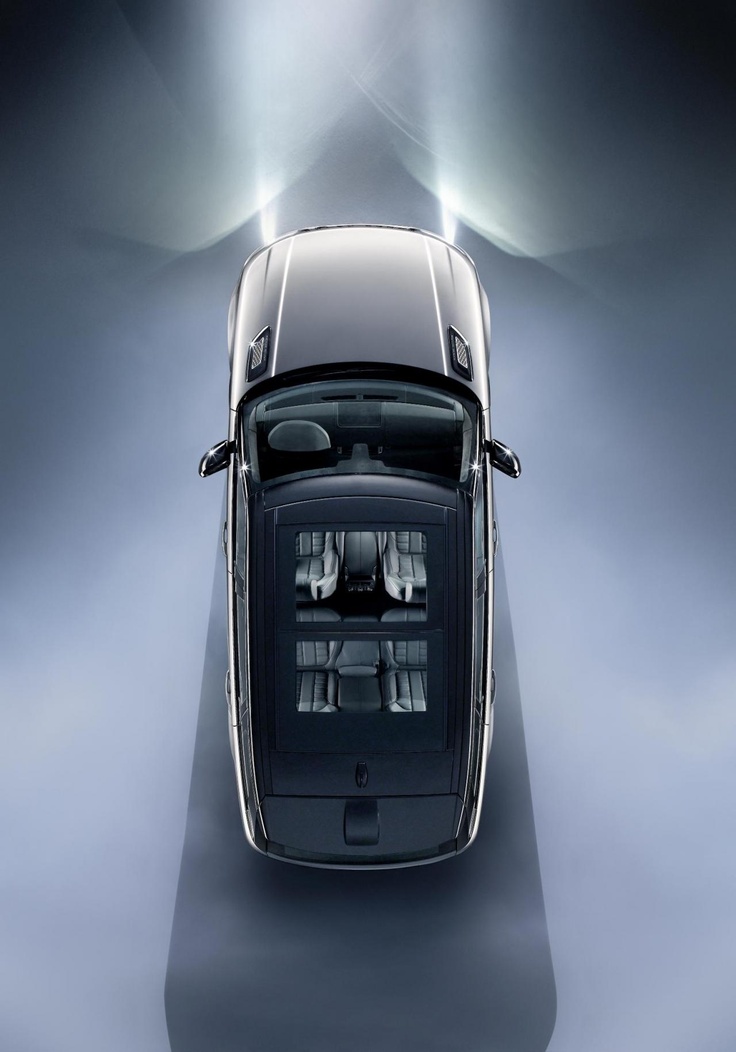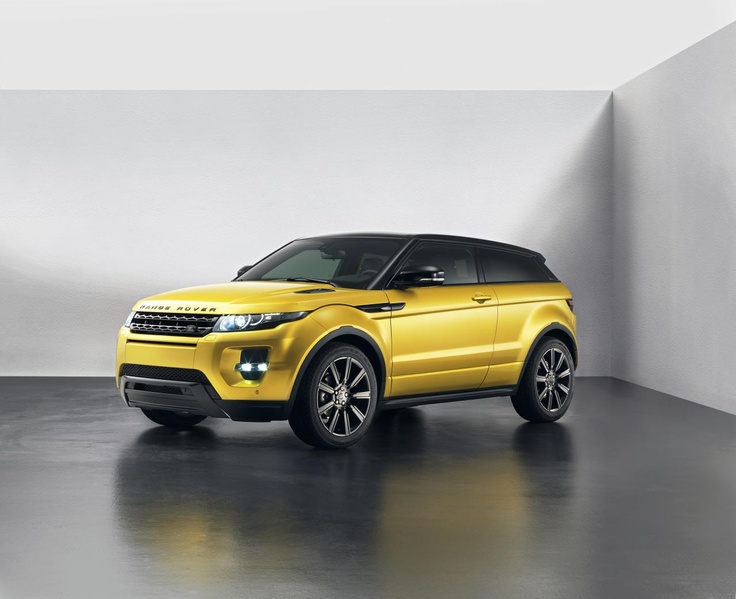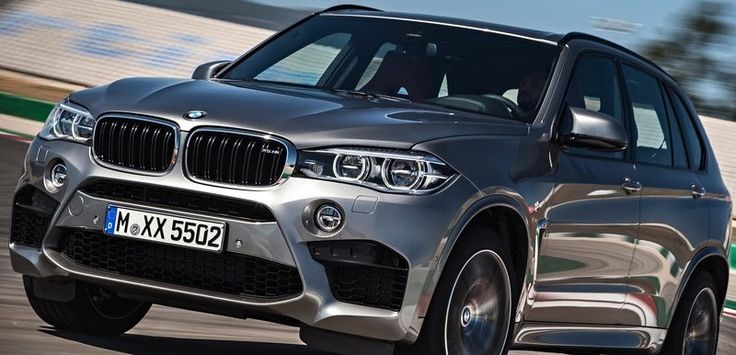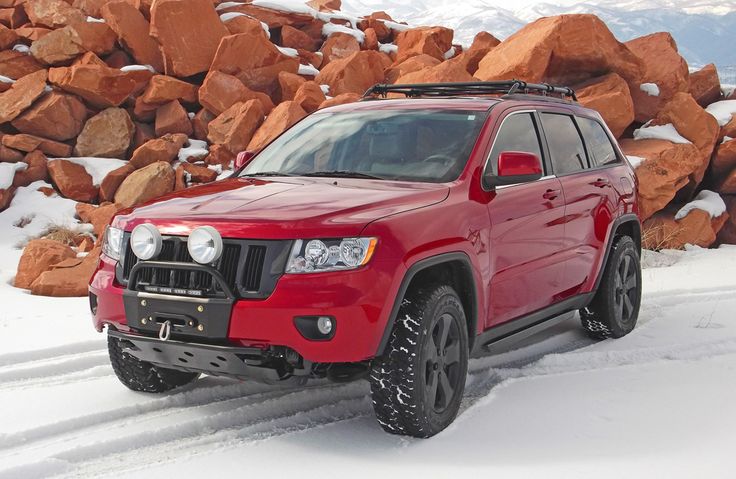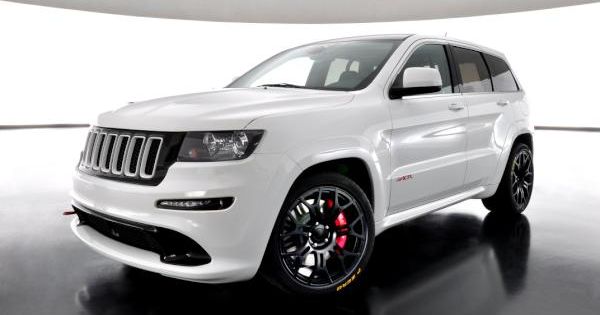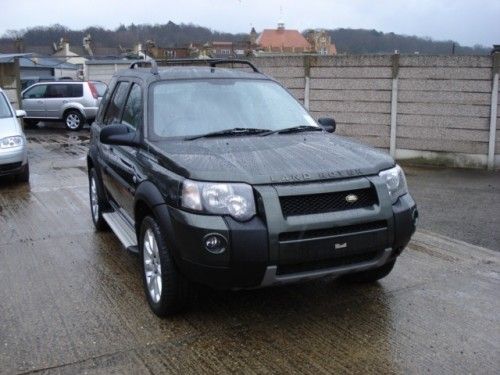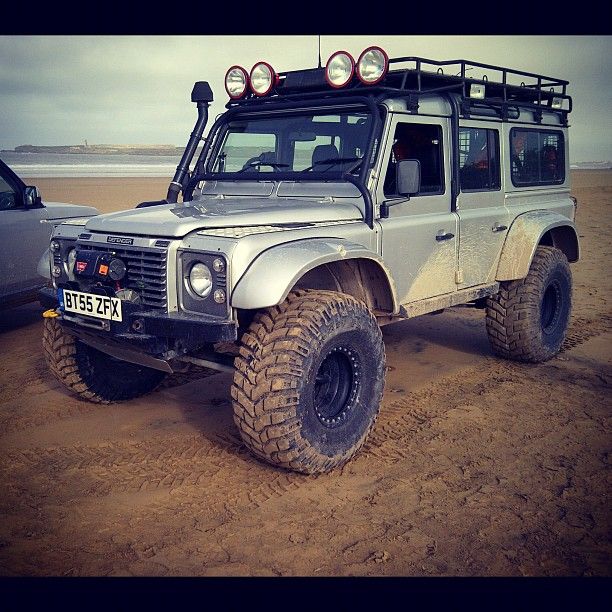Suv Cars
Sport utility vehicles represent a broad category of passenger-carrying vehicles which combine multiple qualities pertaining to spacious station wagons, large minivans and sedans, as well as powerful off-road trucks capable of crossing rough rural lanes. Many of them are equipped with a towing device, allowing pulling heavier loads such as boats and travel trailers, feature four-wheel drive option combined with robust engines (4 to 8 cylinders) and sturdy body-on-frame construction. Thanks to these important characteristics, SUVs gained a considerable popularity amongst drivers, especially in the US, Canada and Australia. Their history dates back to WW II, when their predecessors – military reconnaissance vehicles – were first manufactured for the US Army (primarily Jeep). A notable example of one of the earliest utility vehicle is the 1935 wagon-based Chevrolet (Second generation).
The true popularity of SUVs came with the release of the Jeep Cherokee in 1984. The 1984 Cherokee had a light-weight, unibody construction instead of traditional body-on-frame structure and was equipped with four-wheel drive powertrain. It is largely assumed that this model was the first modern sport utility vehicle which set the pace for the following generations of SUVs. Contemporary SUVs vary in sizes, engine types, body-styles, weight, ground clearance and price. Their average weight is usually about 2.500 – 5.600 pounds and more. There are low cost models offered at 17.000 – 30.000 $ and high cost vehicles sold for over 60.000 $.
Unfortunately, a good many SUVs have reduced fuel efficiency due to their excessive weight and large V6 or V8 engines, but it also depends on the vehicle’s size. Mini and compact SUVs (Nissan Juke, Opel Mokka or Ford EcoSport) offer greater mileage – within 4.4 – 6.40 liters per 100 km. Mid-size (Mazda CX-7, the 2014 Mitsubishi Outlander, Subaru Outback) and full-size sport utility vehicles (Ford Flex, Toyota Land Cruiser, Dodge Durango or Mazda CX-9) indicate elevated fuel consumption of 17 – 20 MPG in city and 20 – 26 on highway. Extended-length SUVs, such as Lincoln Navigator, Cadillac Escalade, Ford Expedition and Toyota Sequoia which can seat up to 8 or 9 persons have powerful V8 engines with 15/21 MPG. The consumption may rise in case of four-wheel drive option.
Although the vast majority of SUVs are geared up for surmounting natural obstacles, their often prestigious looks and comfortable interior make them fall into luxury segment. The most prominent upmarket cars of this category are Range Rover, Toyota Land Cruiser, Cadillac Escalade and Mercedes-Benz GL. However there are such models as Chevrolet Blazer, which are not regarded as ‘premium-class’ automobiles and have been broadly used in farming and heavy-duty chores. Very often such vehicles have a pickup truck body-style for transporting cargoes and loads. Almost any sport-utility vehicles manufacturer has a special extension designed for army and police forces, firefighting, rescue and emergency services, for example TACR2 (Range Rover).
With growing popularity in the 1990s SUVs proved to be irreplaceable in many fields of human activity, especially in recreation. Nowadays, automobile manufacturers tend to keep on offering more variations of such motor vehicles and that means that SUV’s market share will enjoy further growth in the future.

